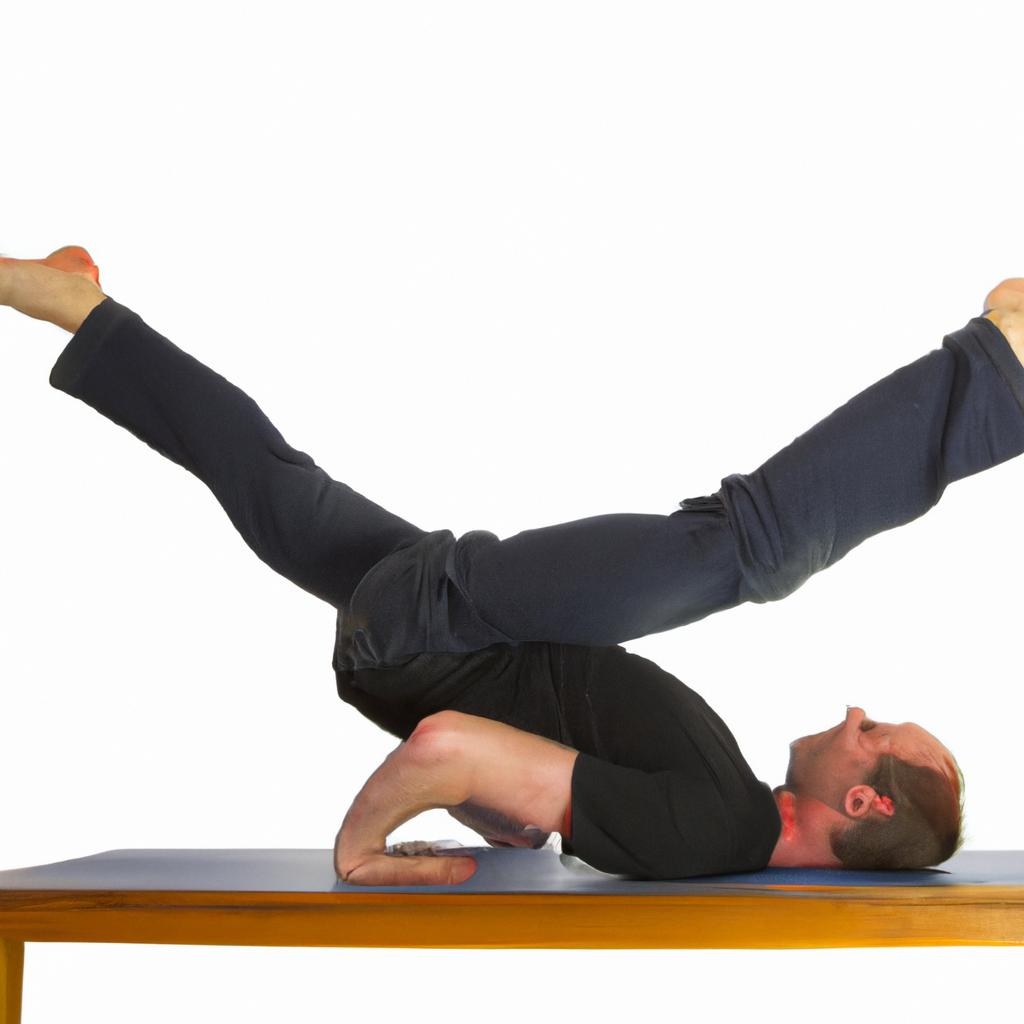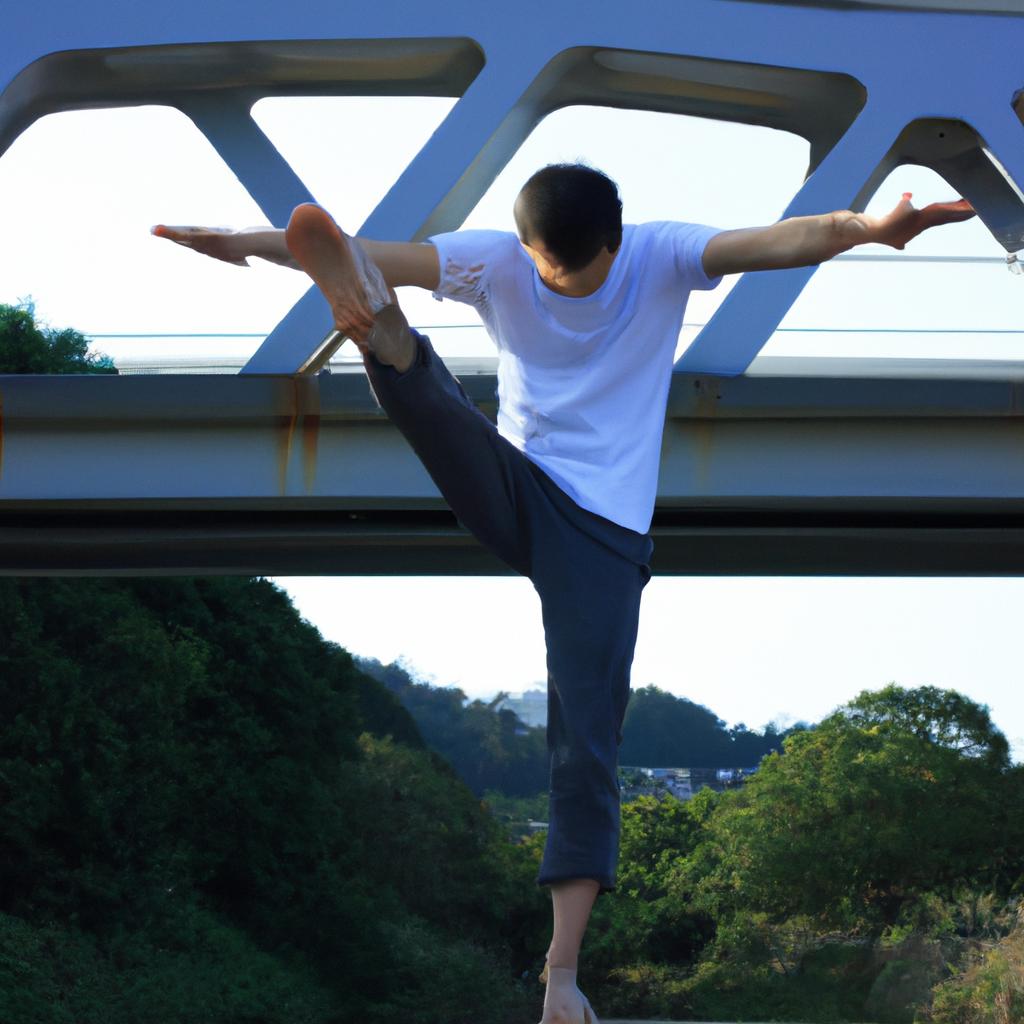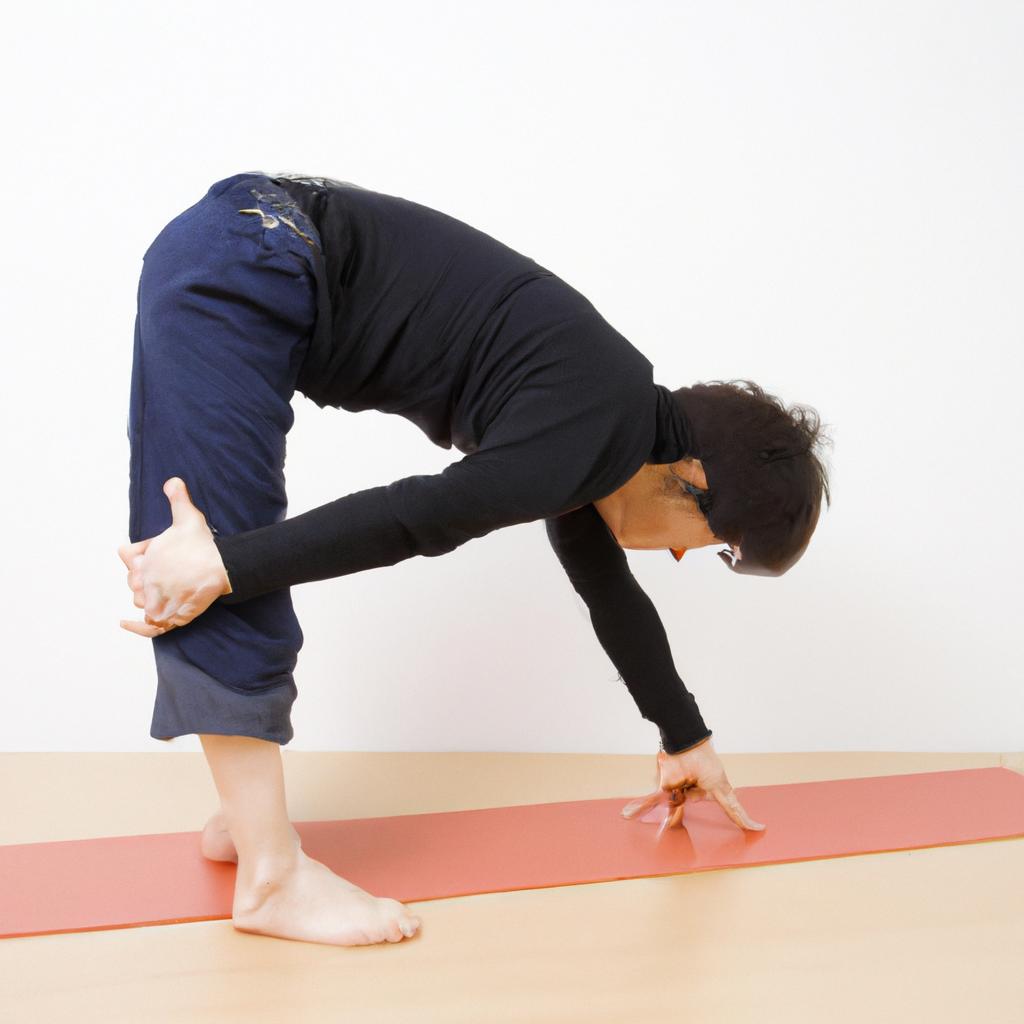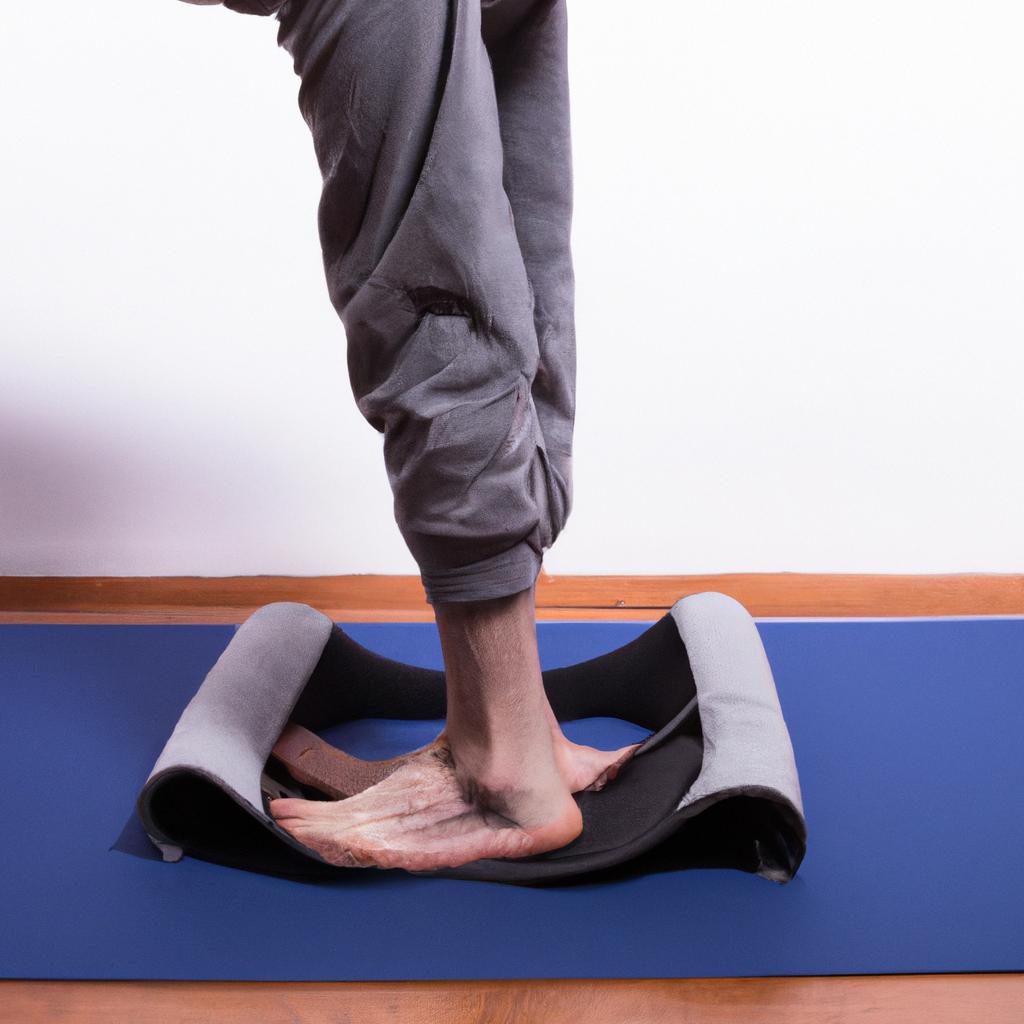As we grow older, our muscles and joints tend to lose flexibility, resulting in decreased balance and stability. But fear not, because the two hands bridge is here to save the day. This yoga pose not only enhances balance and stability but also strengthens your core, glutes, and thighs. Let’s dive into the world of the two hands bridge and discover its incredible benefits.
Anatomy of the Two Hands Bridge

The two hands bridge is a simple yet powerful yoga pose. It involves lying on your back with your knees bent and feet on the ground. As the name suggests, you use your hands to support your lower back and lift your hips off the ground. This creates a stable triangle shape formed by your feet, hands, and shoulders.
Proper hand placement is crucial for performing the two hands bridge correctly. Your hands should be positioned on the lower back, just above the hips, with your fingers pointing towards your feet. Make sure to keep your elbows close to your body and relax your shoulders.
Benefits of the Two Hands Bridge

The two hands bridge is an exercise suitable for individuals of all ages and fitness levels. Let’s explore the incredible benefits it offers:
- Improves balance and stability: Engaging your core muscles, glutes, and thighs during the two hands bridge helps enhance your balance and stability.
- Increases flexibility and range of motion: This pose stretches your chest, neck, spine, and hips, leading to improved flexibility and range of motion.
- Helps prevent injuries: By strengthening your core muscles and improving your balance, the two hands bridge reduces the risk of lower back and hip injuries.
By incorporating the two hands bridge into your regular exercise routine, you can enhance your overall health and well-being. But how do you perform this pose? Let’s find out.
To get into the two hands bridge:
- Lie on your back with your knees bent and feet hip-distance apart.
- Place your hands on your lower back, just above your hips, with your fingers pointing towards your feet.
- Keep your elbows tucked in and relax your shoulders.
- Inhale and press your feet and hands into the ground, lifting your hips.
- Hold the pose for 5-10 breaths, then exhale and slowly lower your hips back to the ground.
Tips for Beginners:
- If your neck feels uncomfortable, use a folded towel or blanket for support.
- For a more restorative variation, try placing a yoga block or bolster under your sacrum.
- Focus on engaging your core muscles and pressing your feet and hands into the ground while lifting your hips.
Common Mistakes to Avoid:
- Avoid lifting your hips too high to prevent strain on your lower back.
- Don’t grip your hands too tightly, as this can cause tension in your neck and shoulders.
- Keep your knees hip-distance apart and prevent them from collapsing towards each other.
Incorporating the two hands bridge into your regular exercise routine can significantly improve your balance, stability, and overall health. Let’s explore some exciting variations of this pose.
Variations of the Two Hands Bridge

The two hands bridge is a versatile pose that can be customized to suit your fitness level and goals. Here are some variations to try:
Single Leg Bridge
The single leg bridge is an intermediate variation of the two hands bridge that challenges your balance while strengthening your core, glutes, and hamstrings. Here’s how to do it:
- Lie on your back with your knees bent and feet on the ground, hip-distance apart.
- Lift your left leg off the ground and extend it towards the ceiling.
- Place your hands on your lower back, just above your hips, with your fingers pointing towards your feet.
- Tuck your elbows in towards the sides of your body and relax your shoulders.
- Inhale and press your right foot and hands into the ground, lifting your hips.
- Hold the pose for 5-10 breaths, then exhale and slowly lower your hips back to the ground.
- Repeat on the other side.
Bent-Knee Bridge
The bent-knee bridge is a beginner-friendly variation of the two hands bridge that requires less flexibility and strength. Here’s how to do it:
- Lie on your back with your knees bent and feet on the ground, hip-distance apart.
- Place your hands on your lower back, just above your hips, with your fingers pointing towards your feet.
- Tuck your elbows in towards the sides of your body and relax your shoulders.
- Inhale and press your feet and hands into the ground, lifting your hips.
- Hold the pose for 5-10 breaths, then exhale and slowly lower your hips back to the ground.
Elevated Bridge
The elevated bridge is an advanced variation of the two hands bridge that challenges your strength and stability. Here’s how to do it:
- Lie on your back with your knees bent and feet on an elevated surface, such as a yoga block or step.
- Place your hands on your lower back, just above your hips, with your fingers pointing towards your feet.
- Tuck your elbows in towards the sides of your body and relax your shoulders.
- Inhale and press your feet and hands into the ground, lifting your hips.
- Hold the pose for 5-10 breaths, then exhale and slowly lower your hips back to the ground.
By incorporating these variations into your routine, you can challenge your muscles and enhance your overall fitness level.
Conclusion

Incorporating the two hands bridge into your regular exercise routine can lead to improved balance, stability, flexibility, and overall health. By engaging your core muscles, glutes, and thighs, this yoga pose helps prevent injuries and promotes overall well-being.
Whether you’re a beginner or an advanced yogi, there are variations of the two hands bridge that can suit your fitness level and goals. So why wait? Give it a try and experience the amazing benefits firsthand!
At TooLacks, we’re committed to providing you with valuable information about nature, gardening, and animals. We hope this article has been helpful in guiding you through the two hands bridge yoga pose. Stay tuned for more informative content from TooLacks!



